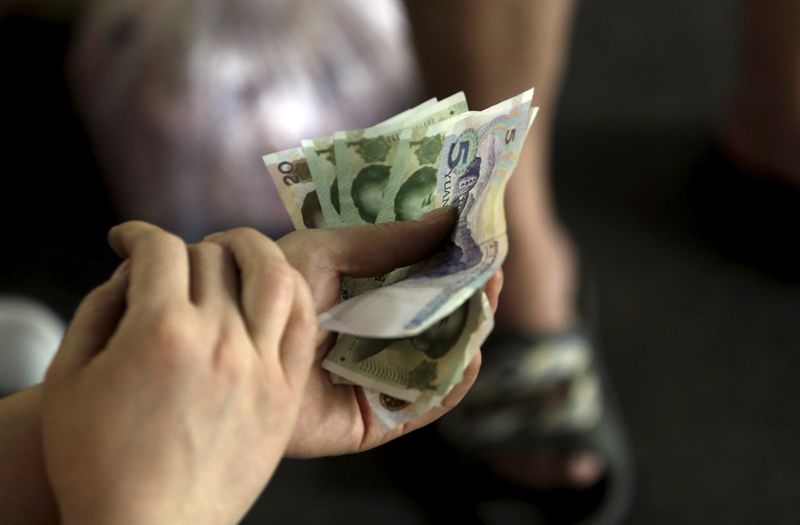Investing.com’s stocks of the week
Investing.com - The Chinese yuan continued to slide on Tuesday in Asia after President Donald Trump said tariffs on $200 billion worth of Chinese imports to the U.S. will more than double on Friday.
The USD/CNY pair rose 0.3% to 6.7772 by 11:30 PM ET (03:30 GMT).
Overnight, U.S. Trade Representative Robert Lighthizer and Treasury Secretary Steven Mnuchin said China had moved away from commitments made over the course of trade negotiations.
However, Chinese Vice Premier Liu He is still set to lead a Chinese delegation in trade talks in Washington on Thursday and Friday, Lighthizer said.
Meanwhile, Mnuchin said the U.S. would reconsider the duties if talks get back on track and raised hopes that the two sides might still be able to reach a trade deal.
On Monday, the U.S. dollar rose to a four-month high against the yuan.
The Chinese central bank responded by cutting reserve requirements for small and medium-sized banks, a measure that it said would release 280 billion yuan of liquidity.
China is set to release trade data on Wednesday and inflation reports on Thursday.
The U.S. Dollar Index that tracks the greenback against a basket of other currencies was down 0.1% to 97.192..
Besides trade headlines, investors will also be focusing on U.S. inflation reports on Friday after the Federal Reserve said last week that it is likely to keep interest rates steady for an extended period.
The AUD/USD pair rose 0.2% to 0.7000, while the NZD/USD pair edged down 0.1% to 0.6605.
The Reserve Bank of Australia meets on Tuesday and the Reserve Bank of New Zealand the day after. Each may cut rates amid concerns over low inflation reports, analysts said.
The Aussie dollar and the New Zealand dollar, whose countries have close economic ties with China, declined on Monday after U.S. threatened to raise tariffs on Chinese imports.
The USD/JPY pair fell 0.2% to 110.64. The Japanese yen tends to benefit during geopolitical or financial stress as Japan is the world's biggest creditor nation.
